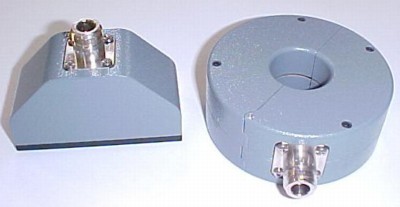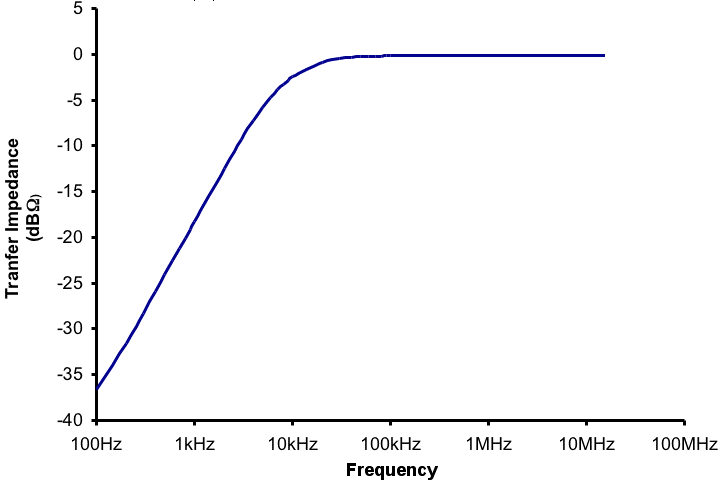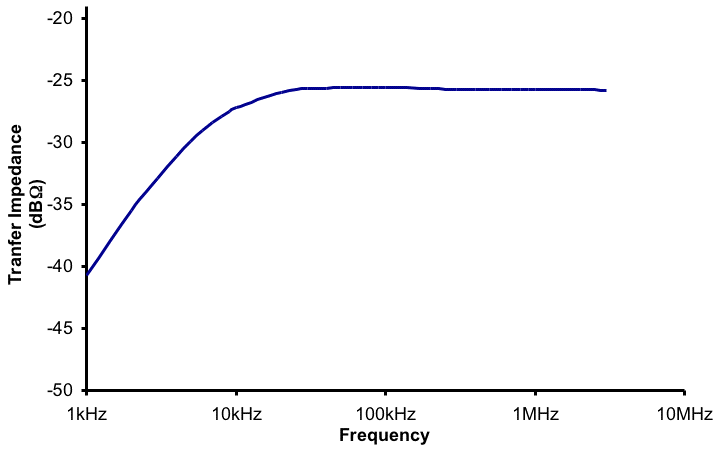

Address: P. O. Box 1457, Los Gatos,CA 95031
TEL: 800-323-3956/408-356-4186
FAX: 408-358-3799
Mobile: 408-858-4528
URL: www.dsmith.org
Email: doug@dsmith.org

Abstract: Pulse width modulation controlled 3 phase motors have becomepopular in numerous applications from small fractional hp motors to giantindustrial motors. Common mode currents generated by the controller circuitsand motors can cause signal interference to other circuits at relativelylow frequencies. At these low switching frequencies used, some shieldingand circuit design techniques do not work well. The result can be interferenceto low level higher frequency circuits. Troubleshooting techniques are presented.


Summary and Conclusion: Low frequency common mode currents on PWMcontrolled motors can cause problems in other associated circuits. Frequencieson the order of tens of kHz (fundamental and harmonics) cause shields tobe less effective, due to shield resistance, in reducing common mode PWMcurrents on motor power cables. Given a stable trigger from the common modemotor currrents, current probes can be used to trace these currents throughthe system and voltage probes can measure the resultant voltages in circuitsdue to the motor currents.
Interesting websites with information relating to this article and PWM controlled motors are:
Other articles on this website covering current probes include: